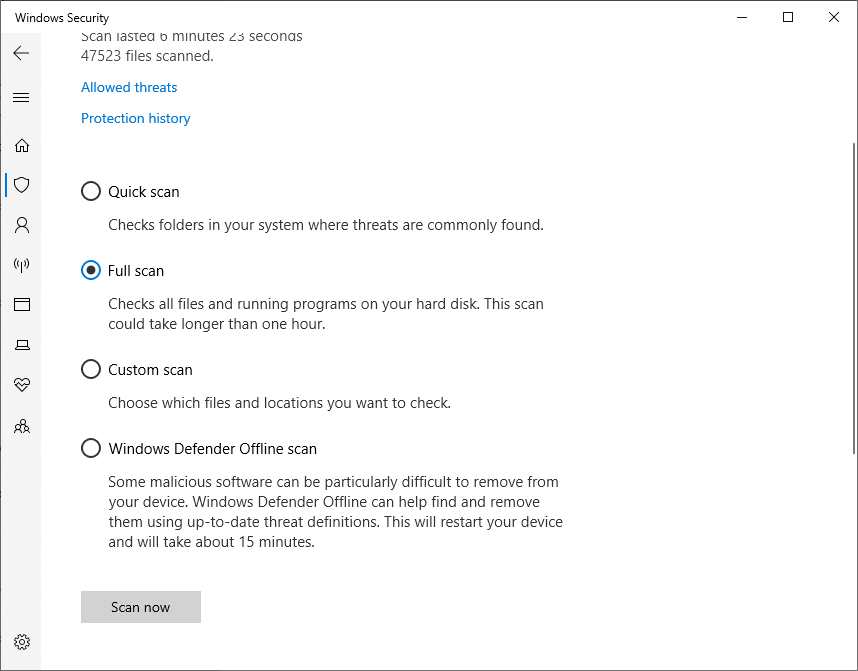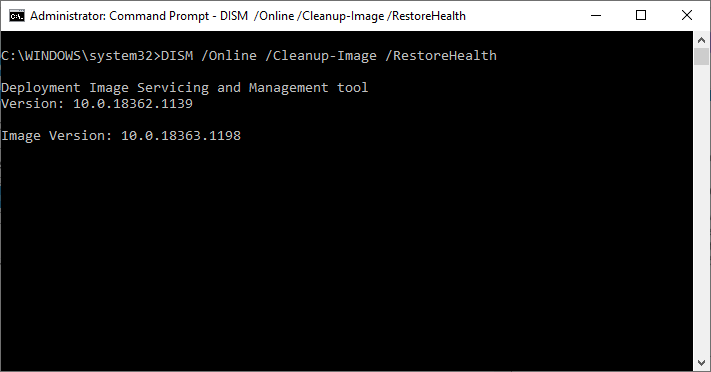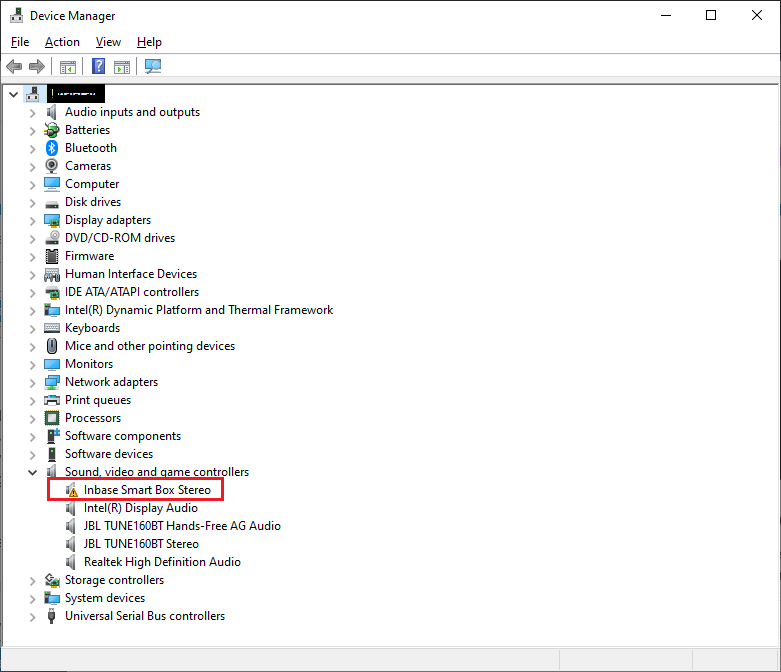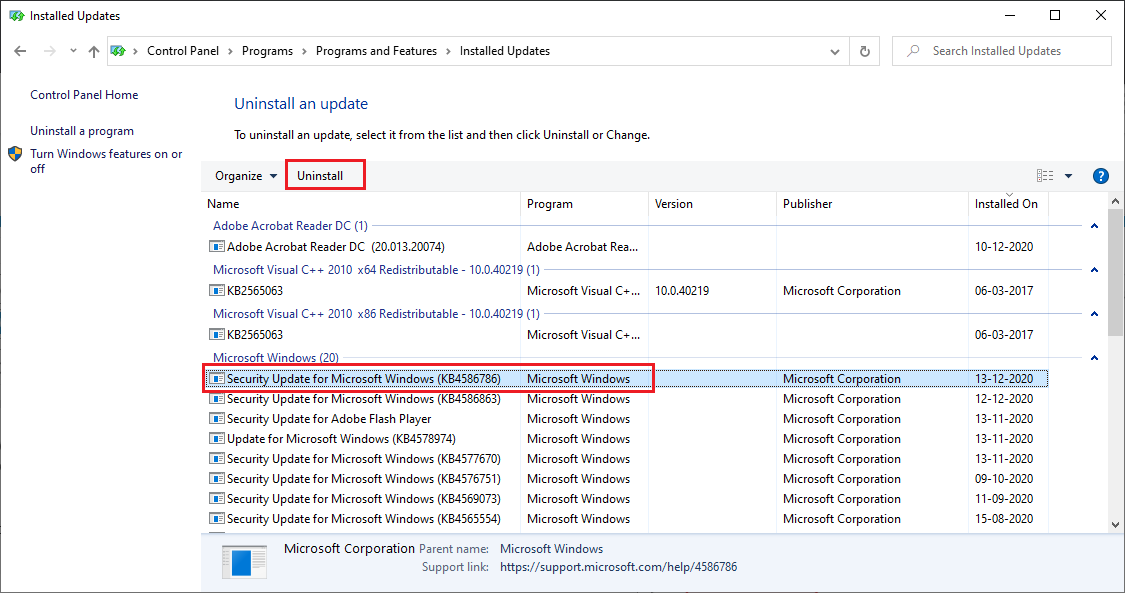You might be facing the problem of the blue screen of death many times. There could be a notification showing the critical process died. This issue is interrupting the work and causing the PC to restart.
BSODs are also professionally known as STOP error or STOP codes. They are been part of the Windows operating system Windows NT 3.1. It was established in 1993. These pop-up error messages are quite annoying to users. These indications are displayed when the system is fatal. The primary motive is to inform the user about the main causes to avoid damage to the windows.
Causes of Critical Process Died stop code.
Window 10 operating system plays an important to only use authorized applications. It shows a Critical Process Died error to occur when some unauthorized modification PC is detected. The system has a feature to recommend some steps to avoid the problems.
In many scenarios, the key cause is a buggy driver. For instance: - Sound card drove can have a lot of bugs. A similar situation is applicable to the certain printers and wireless expansion cards. Sometimes, the cause of system error is not common. There are cases of Critical process died errors occurring to users of the brand-new Laptop. The errors voluntarily occur on the computer which creates irritation to the owners.
Therefore, it is one of the top most priorities to identify multiple causes. It is quite significant to have problem-solving methods to prevent critical process died scope. It is advisable to perform testing after the implementation of every step. The objective is to identify the right solution.
There are multiple causes of this prominent problem. The various troubleshooting steps are vital to resolve the issues. The steps are elaborated below in detail.
Run Hardware and Device Troubleshooting Tool
Hardware and Device Troubleshooting Tool is one of the easiest one to try before we move onto the more complicated solutions. This tool is specifically designed by Microsoft for hardware and device issues.
To run Hardware and Device Troubleshooting Tool,
Go to your Settings app and go to Update and Security > Troubleshoot.
Scroll down in your mouse and select Hardware and Devices, then click on Run the troubleshooter.
Scanning will take a few minutes to complete and you will get a report back with its findings.
Run System File Checker
Open Command Prompt in Windows 10.
Type cmd in the search box and right-click, then choose Run as administrator.
Click Yes to continue with administrator permission.
Type sfc /scannow and hit Enter to check and repair corrupted system files in your device which may cause BSOD error with Windows 10 stop critical process died.
Run an Antivirus Scanning
Malware on your system can also cause the Windows 10 stop critical process died. Because malware can modify your system files and processes and make them unusable for you.
If you are not using any third party software then Windows Defender is fine or better recommended to use any third-party antivirus suite of choice and run a deep or full-system scan for your PC.
Scan using the Deployment Imaging and Servicing Management Tool
For now the Windows 10 stop critical process died error should have gone but for same user this is not enough and they have to perform advance troubleshooting steps. Next we will run the Deployment Imaging and Servicing Management (DISM) tool which can repair a corrupt system image.
The tool offer three switches:
- /ScanHealth,
- /CheckHealth
- /RestoreHealth
You can directly run the last one. To run this DISM command, open the Command Prompt as an administrator and type DISM /Online /Cleanup-Image /RestoreHealth and hit Enter.
Update all the Drivers
Bad drivers are one of the most common causes of the Windows 10 stop critical process died stop code. Therefore, it’s recommended to check that none of your device is out of date. Open Device Manager and make sure all of the driver’s are up to date.
If you find an exclamation point there, then right-click on the device in question and choose Update Driver Software from the context menu.
Uninstall Recent Windows Updates
If your still facing the Windows 10 stop critical process died stop code problem then a recent Windows update could be conflicting. Uninstall recent updates on Windows 10 is easier be following so you can see if your issue goes away.
To uninstall the recent Windows update on your PC,
Go to Update and Security on your Setting page
Windows Update > Update History > Uninstall Updates.
Select the update you want to remove from your device, then hit the Uninstall button at the top of the screen.
Perform a Clean Boot for your Windows 10 device
Clean Boot is our final troubleshooting step in our list. A clean boot is a start-up mode that uses the bare minimum number of drivers, processes, and programs. Once your device started running, you can start to load all the third party processes one by one in a bid to isolate the problem.
Follow the step-by-step instructions below to perform clean boot:
- Open the Windows search bar
- Type System Configuration and press Enter
- Click on the Services tab
- Unmark the checkbox next to Hide all Microsoft Services
- Click on the Disable All button
- Select the Startup tab
- Click on Open Task Manager
- Click on the Startup tab again in the new windows,
- Disable all the items in the list
- Restart your computer




